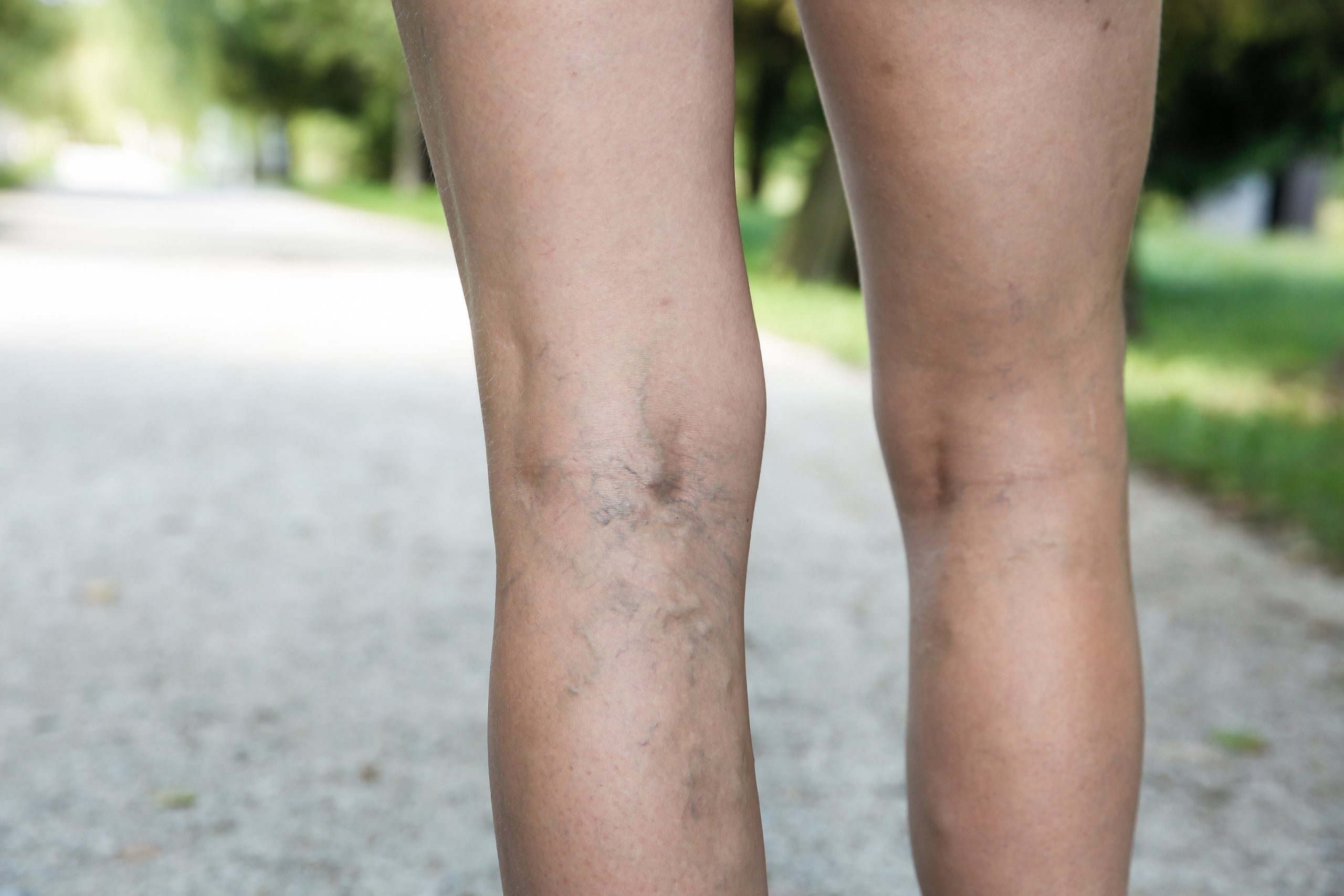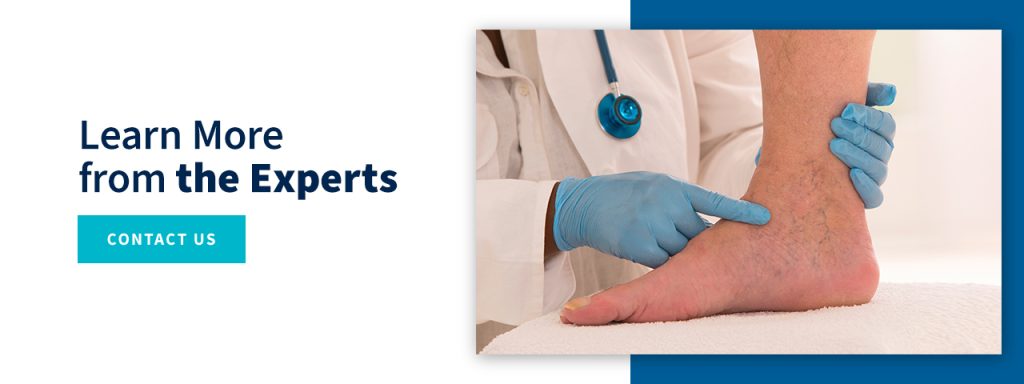
If you don’t yet have varicose veins, knowing how to work to prevent them is key. However, if you do have varicose veins, you need to know how to prevent them from bruising.
Varicose veins are more susceptible to bruising due to the increased pressure and weakened vein walls. A simple bump or injury can cause the veins to rupture, resulting in a varicose vein bruise. This type of bruise may be more severe than a regular bruise and can take longer to heal. To prevent varicose vein bruising, it’s important to maintain good circulation and avoid activities that put excess pressure on the veins.
If you have spider vein bruising, you may feel self-conscious. While the condition is natural and can develop in anyone, many people worry it is a sign of a more significant problem or that they can’t do anything about the bruising. In reality, you can take a few steps to prevent it.
Also known as spider vein bruising, varicose vein bruising occurs when bleeding begins under your skin. Spider veins are broken capillaries that you can see on the skin’s surface. They most often occur on the face, usually around the nose and cheeks, and on the chest.
Spider veins can become irritated and get more prominent. If you also have varicose veins in the same area of your body, they can make your bruising worsen. Vigorously touching the skin, such as rubbing it too hard, can spark a spider vein outbreak.
You can follow a few simple tips to avoid spider veins and bruising on your legs, face and other parts of the body.
Avoid pushing down too hard on your face when you wash. Try using a soft washcloth or just putting your face under the stream of water in the shower.
Did you know that constipation can contribute to varicose veins and bruising? The act of straining to have a bowel movement can cause capillaries to pop. Adding more fiber to your diet can help reduce the opportunity for bruising.
Crossing your legs can contribute to developing spider veins. Try to keep your legs uncrossed while you sit. You may need to check yourself every few minutes, as it’s easy to slide back into the habit when you aren’t paying attention.
Buy higher SPF protection and use a hat to block the sun from your face when you go outside. Sunglasses can also serve as an excellent barrier to the sun. Avoid getting UV rays when you can, especially during the height of summer heat.
Compression socks can improve the circulation in your legs and get the blood flowing. Buy a pair to wear around the house and put them on at the end of every day. You should also wear them when you travel or work since you can’t stand up to get your blood pumping.
Moving your body can improve circulation and protect against the development of spider veins and bruising on your legs. Try to get at least 30 minutes of exercise per day, which could be anything from a brisk walk to a bike ride.

If you have a bruise that looks like spider veins, you don’t have to suffer with it. You can get assistance from Central Florida Vein & Vascular Center. Our doctors have experience treating spider and varicose veins bruises, and we can aid you, too. Reach out to us today.